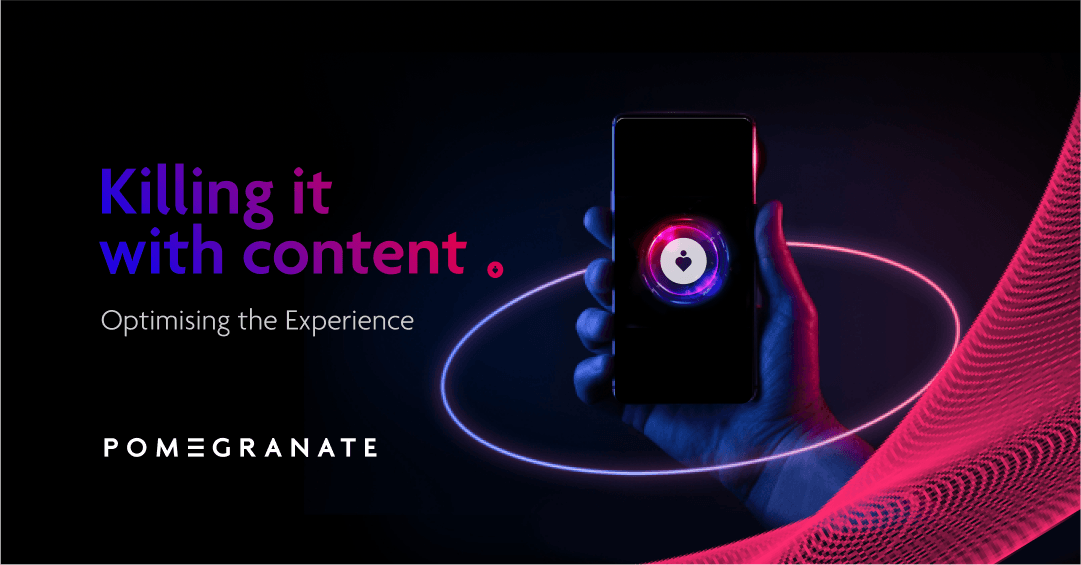When making online purchases, today's consumers have very high expectations of e-commerce platforms. They expect highly personalised experiences driven by their past behaviours, in order to predict their individual needs. Achieving this level of personalisation requires a seamless collaboration between design and development teams like those at Pomegranate and DigitSense, to turn data insights into dynamic, user-centric interfaces and seamless experiences.
A dynamic personalisation strategy relies on the seamless integration of a robust Content Management System. The integrated CMS allows us to create, manage, and deliver personalised content across the platform. Rule-based personalisation is introduced based on user behaviour and preferences. For instance, if a customer frequently purchases from a specific category, the system dynamically adjusts the homepage to highlight similar products during their subsequent visits.
Taking this one step further the data is then run through machine learning algorithms that integrate and analyse vast datasets and predict user preferences. These algorithms continuously adapt, learning from user interactions to refine recommendations and personalise content delivery as well.
Once these integrations are established, UX designers can tailor journeys based on individual preferences, behaviours, and needs. Enhancing customer engagement and satisfaction and ultimately contributing to increased conversions.
During this process, UX designers consider elements such as:
Creating user-centric design requires taking a deep dive into understanding how users interact with the e-commerce platform. Behavioural insights collated from other areas of the site and stored in the CMS system play a crucial role in understanding user preferences, tendencies and navigation patterns.
Once pain points are identified, the UX Team are then able to understand the way users naturally interact with the platform. From the placement of buttons to the structure of menus, every element is strategically positioned to enhance user satisfaction and facilitate a more enjoyable and efficient user journey.
Predictive personalisation then takes user-centric design to the next level by using the power of data analysis. By analysing past user behaviours, e-commerce platforms can uncover patterns and trends that hint at future actions. This predictive capability enables proactive adjustments to the user interface, anticipating user needs and preferences before they are expressed.For instance, if a user constantly searches for a particular category of products during a specific season, the platform can dynamically showcase relevant items as that season approaches, creating a sense of anticipation and satisfaction. This not only enhances the user experience but also contributes to increased engagement and conversions.
By integrating behavioural insights into both the design and development process, e-commerce platforms are capable of elevating the user experience like never beforeHarnessing the power of predictive analysis, we are able to guide businesses to the best route for conversion, ensuring seamless navigation and increased engagement. Ready to unlock the full potential of smart design? Click here.





